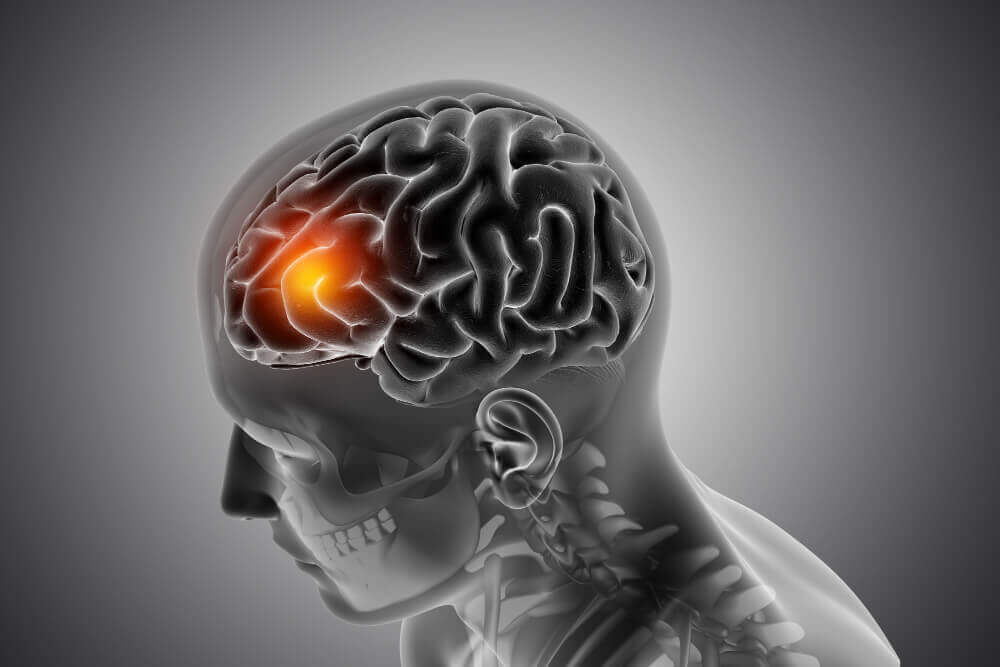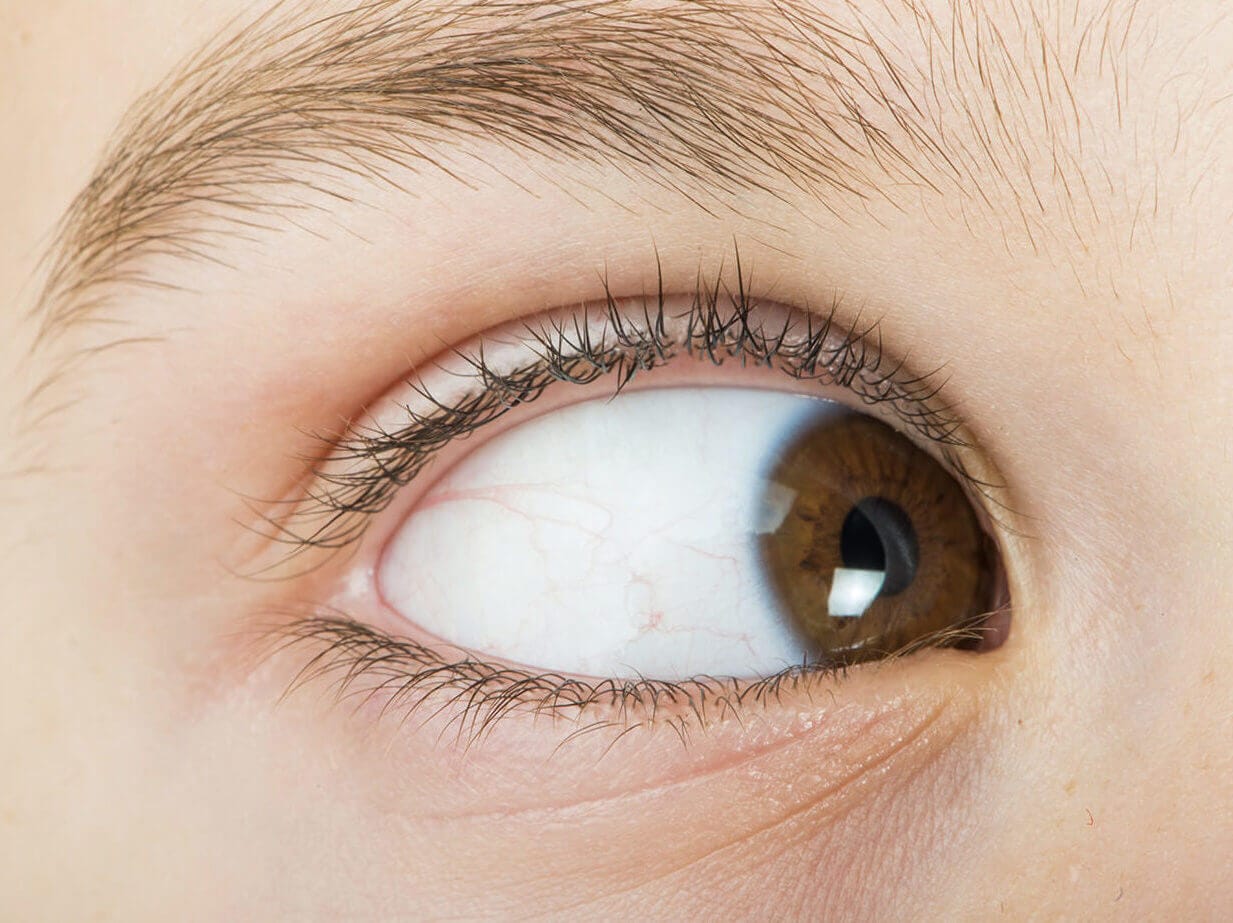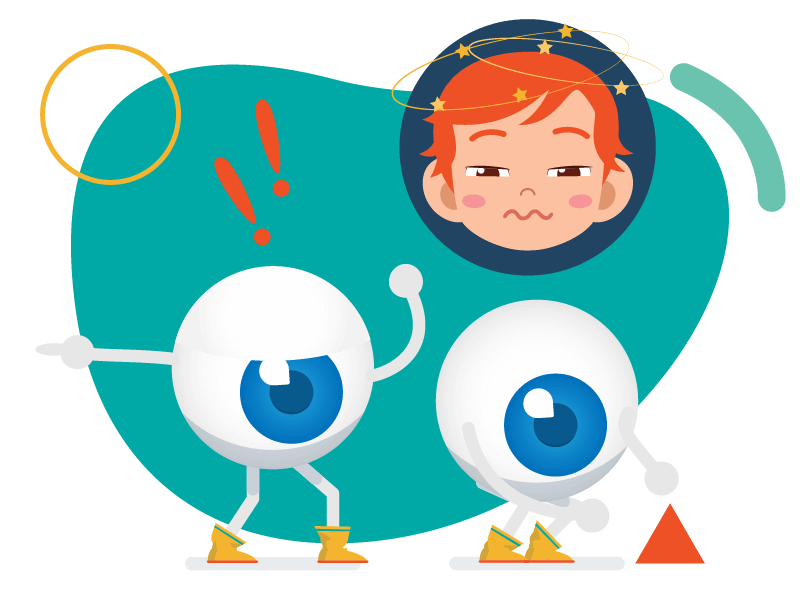Other Treatment and Management Options for Horizontal Gaze Nystagmus
While vision therapy is a significant component in managing horizontal gaze nystagmus (HGN), several other treatment and management options can also play a crucial role. These options cater to both the symptoms and underlying causes of HGN, offering a holistic approach to care.
Medication
In some cases, medications can be prescribed to manage symptoms of horizontal gaze nystagmus, especially when they are related to neurological or inner ear conditions. These medications may help in reducing the severity of the nystagmus and alleviating associated symptoms like dizziness.
Surgical Interventions
Surgery might be considered in severe cases of horizontal gaze nystagmus, particularly when it significantly impacts vision or quality of life. Surgical options aim to adjust the muscles controlling eye movements to reduce nystagmus.
Assistive Devices and Technologies
Assistive devices, such as specialized glasses or contact lenses, can sometimes help in managing the visual disturbances caused by horizontal gaze nystagmus. Additionally, the use of technology like screen readers or text-to-speech software can aid individuals with significant visual impairments due to HGN.
Lifestyle Adjustments
Making certain lifestyle adjustments can also benefit individuals with HGN. These may include creating visually comfortable environments, reducing exposure to situations that can exacerbate symptoms (like bright lights), and using visual aids for tasks that require detailed vision.
Regular Eye Examinations
Ongoing monitoring through regular eye examinations is crucial for individuals with HGN. These exams help in tracking the progression of the condition and adjusting treatment plans as needed.
Multidisciplinary Care
Collaboration between various healthcare professionals, including optometrists, neurologists, and primary care physicians, is often necessary for effectively managing HGN. This multidisciplinary approach ensures that all aspects of the individual’s health are considered in the treatment plan.






















